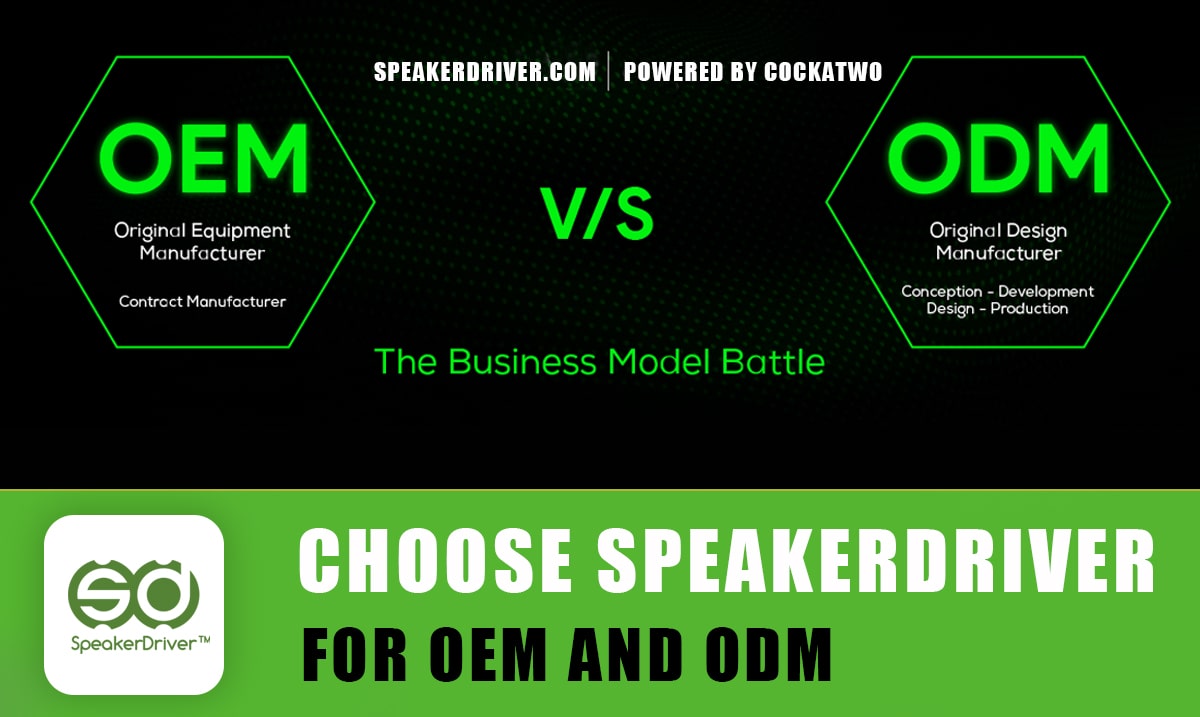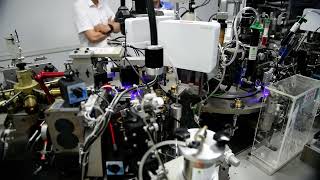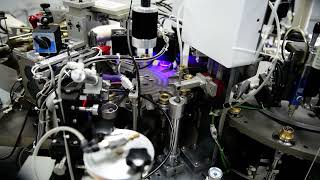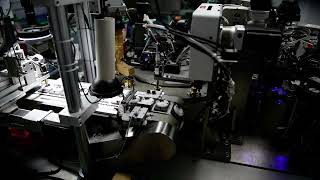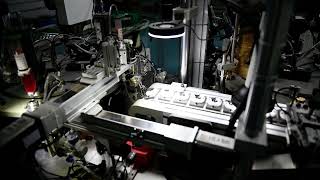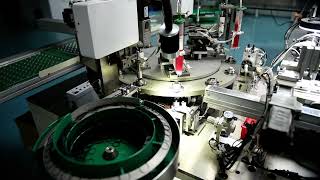OEM vs. ODM: Understanding the Key Differences
In the world of manufacturing and product development, two commonly used terms are OEM (Original Equipment Manufacturer) and ODM (Original Design Manufacturer). While these terms are often confused or used interchangeably, they represent distinct manufacturing models with unique advantages and challenges.
This article will clarify the differences between OEM and ODM, helping businesses choose the right approach based on their product development strategy, resources, and market goals.
What is OEM (Original Equipment Manufacturer)?
An OEM manufacturer produces a product based on the customer's own design and specifications. The brand retains complete control over research, development, and product differentiation, while the OEM is responsible for manufacturing.
Benefits of OEM Manufacturing:
- Full Creative Control: The company owns the design and can customize it completely.
- Higher Product Differentiation: The product remains unique and cannot be easily copied.
- No Intellectual Property (IP) Restrictions: The brand can switch manufacturers if needed.
Challenges of OEM Manufacturing:
- High Development Costs: Significant investment in R&D is required.
- Longer Time-to-Market: Designing a product from scratch takes time.
- Market Risk: If the product fails, the investment may not be recovered.
What is ODM (Original Design Manufacturer)?
An ODM manufacturer develops a ready-made product design, which brands can customize with their logo, packaging, and minor modifications. This approach is often called white labeling or private labeling.
Benefits of ODM Manufacturing:
- Lower Development Costs: No need to invest in R&D.
- Faster Time-to-Market: Ready-made designs allow for quick product launches.
- Economies of Scale: Mass production reduces unit costs, making products more affordable.
Challenges of ODM Manufacturing:
- Limited Customization: Only minor changes can be made to the product.
- Less Product Differentiation: Many competitors may offer the same design.
- Lower Profit Margins: Price competition is intense due to similar products in the market.
OEM vs. ODM: Which One Should You Choose?
| Factor | OEM | ODM |
|---|---|---|
| Product Design | Designed by the customer | Designed by the manufacturer |
| Customization | Fully customizable | Limited customization |
| Time-to-Market | Longer | Faster |
| Cost of Development | High (R&D investment needed) | Low (R&D investment needed) |
| Product Uniqueness | Exclusive to the brand | Shared across multiple brands |
| Profit Margins | Higher (Unique product) | Lower (Competitive pricing) |
Final Decision:
*Choose OEM if you want a unique product, have the budget for R&D, and can wait for a longer development cycle.
*Choose ODM if you want a cost-effective, faster way to launch a product with minimal investment.
Conclusion
Understanding the differences between OEM and ODM is crucial for businesses looking to manufacture products efficiently. While OEM offers full control and exclusivity, ODM provides a quicker, more affordable path to market. The right choice depends on your budget, timeline, and business strategy.
Which approach do you prefer—OEM or ODM? Share your thoughts with SPEAKER DRIVER™, a leader in innovative and reliable audio components.
